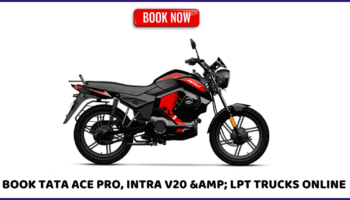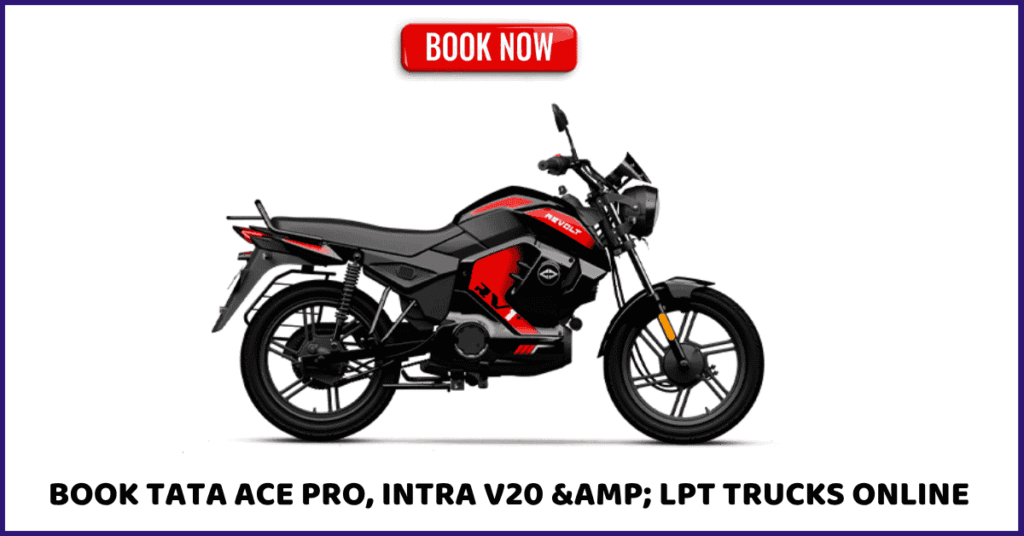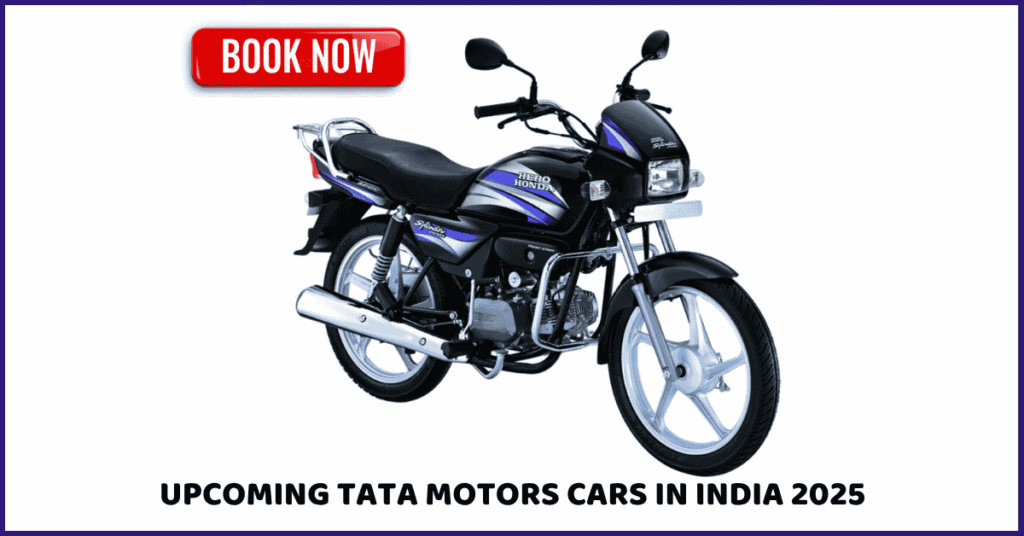India’s two-wheeler market is at an inflection point. With petrol prices climbing and urban commute patterns shifting, electric mobility is gaining momentum. In this landscape, two names catch our attention:
- Tata Motors — a giant in Indian auto-industry, strong in electric cars, now rumoured to enter the electric bike/two-wheeler segment.
- Hero Electric — one of the early dedicated electric two-wheeler players in India, already selling scoots and light e-vehicles.
In this blog we’ll compare what each brings to the table, the strengths and weaknesses, and assess: Which one is more likely to dominate Indian roads in the coming years?
🧰 Current Status & Specs Snapshot
Tata Motors (Two-Wheeler ambitions)
- Tata Motors currently leads in Indian EV cars, boasting large production and ecosystem investments. Tata Motors+2www.ndtv.com+2
- For two-wheelers, however: there is no confirmed production bike from Tata yet. Several reports indicate they may launch an electric bike with ~280 km range around ₹85,000. EVMechanica+1
- Rumours: a two-wheeler division, but nothing official. As one article notes: “Tata electric scooter launch in 2025: rumour or reality?” ZigWheels.com
- Big investment: Tata has committed roughly ₹35,000 crore for EV and new car development over the next 5 years. www.ndtv.com
Strengths: strong brand, EV infrastructure experience, deep pockets.
Weaknesses: no two-wheeler product yet, unknown timing & pricing risks.
Hero Electric (Existing two-wheeler EV player)
- Hero Electric offers models such as the Optima, NYX, Atria etc. For example: Optima has ~89 km range (in one specification listing) and 1.2 kW motor. BikeDekho+1
- Another model: AE-8 has ~80 km/charge range, top speed ~45 km/h. BikeDekho
- Price bands for Hero Electric start modestly (₹40-80k range for some variants). BikeWale+1
Strengths: established in electric two-wheelers, existing product and customer base.
Weaknesses: relatively low range & performance compared to what future bikes might demand; slower growth perhaps.
📊 Head-to-Head: Key Comparison Axes
| Feature | Tata (prospective bike) | Hero Electric (current) |
|---|---|---|
| Brand & Trust | High: Tata brand is known, advantages in EV car space | Hero is known for ICE two-wheelers; Hero Electric niche in EV |
| Product Readiness | Not yet launched; rumours of ~280 km range bike around ₹85k. EVMechanica | Already on road; multiple models with 50-90 km range typical Times Drive+1 |
| Range / Performance Potential | Very promising if rumours hold (280 km) | Current products moderate; enough for urban around 80-90 km range |
| Pricing & Value | If Tata prices aggressively (~₹85k) could disrupt | Hero Electric priced modestly, but range/performance comparatively low |
| Ecosystem & Infrastructure | Tata already strong in EV cars & infrastructure; can leverage for two-wheelers | Hero Electric infrastructure exists for two-wheelers, but scale & charging may be less advanced |
| Timing & Risk | High potential but high risk (product not confirmed) | Lower risk – product exists but may not lead innovation |
| Market Opportunity | Big – if Tata enters early, could shape segment | Already in market, but perhaps less differentiated for premium EV two-wheeler segment |
💡 Analysis: Which Will Dominate?
Given the above, here’s how I see the scenario playing out:
Why Tata could dominate
- If Tata truly launches a bike with ~280 km range and around ₹85 k price, that would be a game-changer. Many current two-wheel EVs in India have much lower range.
- Tata’s deep existing EV operations (batteries, charging infrastructure, brand trust) give it a strong “foundation” to scale.
- The Indian government push towards EVs (subsidies, policy) benefits large players who can invest heavily.
- For urban & intercity commuters wanting true EV performance (not just short range), Tata could fill that gap.
Why Hero Electric remains relevant
- Hero Electric already has market presence & customers. Early mover advantage matters.
- For many urban users, moderate range (50-90 km) is enough for daily commute; cheaper models win for cost sensitive buyers.
- Hero’s cost structure and pricing could give volume in the mass segment segment (budget EVs) whereas Tata might target more premium or higher-range models.
The likely outcome
- I believe both brands will succeed, but dominate in different niches.
- Tata likely dominates mid/high-range electric two-wheelers (if they enter with strong product).
- Hero Electric dominates budget/entry-level segment where range & performance demands are smaller but cost sensitivity is high.
- Over time, if Tata executes well, they might capture large share and set new benchmarks, forcing others (including Hero) to upgrade specs/pricing.
🧭 Key Factors That Will Decide Domination
- Product performance & pricing: Range, speed, battery life, durability vs price.
- Charging infrastructure & service: Even the best bike fails without good service & charging network.
- Brand trust & after-sales: Customers need assurance. Tata has advantage; Hero already in two-wheeler EV space.
- Segment targeting: Urban commuter vs long-range commuter; budget vs premium.
- Government policy & subsidies: If subsidies tilt favourably, cost barrier lowers.
- Time of entry: If Tata delays, competitors seize early momentum. Hero Electric already early.
- Ecosystem viability: Battery supply, local manufacturing, servicing network, resale value.
🕵️ What to Watch For (Signals)
- Official announcement by Tata of a two-wheeler/EV bike.
- Launch specs: battery capacity, range, price, variants.
- Hero Electric new models with higher specs to compete.
- Charging network expansions by both (and by third parties).
- Policy changes favouring two-wheel EVs (state subsidies, tax breaks).
- Consumer reception: reviews, real-world range, maintenance cost.
🎯 My Verdict
If I had to pick one brand that could dominate overall in the coming 5 years, I lean Tata Motors — provided they launch a compelling electric bike. Their potential upside is huge. But dominance is not assured. Hero Electric will remain strong in the affordable segment and may dominate that niche.
For bloggers and content creators (like you, Hari) the story is rich: write about “Tata’s challenge and opportunity”, “How Hero Electric stays relevant”, and “Segment wise winners”. This gives multiple angles for deeper posts, compare & contrast, and capitalize on keywords around “electric bike India”, “Tata two-wheeler EV”, “Hero Electric range price”, etc.
📝 Blogging Suggestions For Your Platforms
- Title suggestion: “Tata EV Bike vs Hero Electric: Who Will Rule Indian Two-Wheel EVs?”
- Use dual language (English + Hindi) since you publish both — ensure each section mirrored.
- Include side-by-side spec-tables, comparison charts.
- Add a FAQ section at the bottom: e.g., Q: Does Tata have a two-wheeler EV out now? — No confirmed product yet as of date.
Q: What is the current range of Hero Electric scooters? — ~80-90 km for some models. - Optimize for Google Discover: use engaging hook, high-quality images, bullet points, mobile-friendly format.
- Mention your name “Hari” in intro and author by-line to build trust and authority (E-A-T).
- Provide actionable advice for readers: “If you commute < 30 km/day, an entry-level EV like Hero may suffice; if you want longer ranges and are willing to wait, watch Tata’s launch.”


